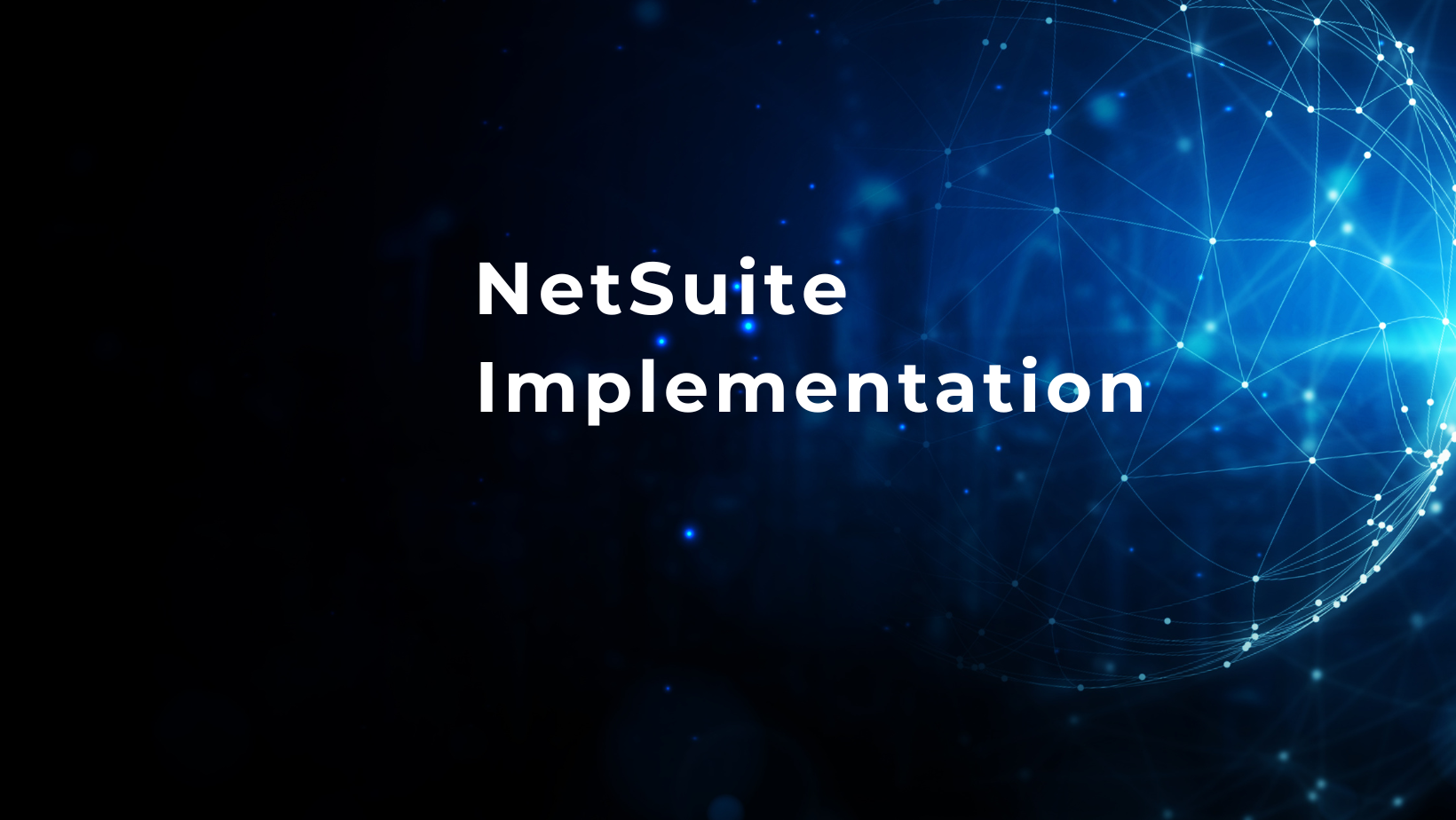
LEVERAGE DATA | CREATE VALUE | INCREASE REVENUE
Data Productization
In today’s business environment, companies are constantly looking for ways to provide more value to their customers to be competitive players in the market. Many companies are leaning towards data monetization as a way to do so; through this method, they can use data metrics that they already have and present them as an asset to their consumers.
This is where Aptimized can help.
Data Productization can be done in 3 ways:

Indirect Productization
Indirect productization is a perfect first step into data productization for many businesses because it is relatively simple but efficient. In the B2B and B2C environments, indirect productization is becoming one of the biggest trends for improving business performance and profitability. All of this can happen simply by taking advantage of the great data you own and using it in a different, more business savvy way.
Indirect productization focuses on improving performance processes, developing new products, digitizing current products or services, and building partner relationships.
Unlike direct productization, indirect productization does not charge customers directly for data. The value of the data is increased through other parts of the product life cycle, ranging anywhere from data acquisition to proof of value. It is important to understand what part of the product lifecycle is most efficient for your company to use.
The beauty of indirect productization is that it can be catered to your specific needs.
Each area of the product life cycle comes with different benefits and different risks, which makes using your data efficiently even more important.
Examples of potential solutions:
- Acquisition
- Conversion
- Retention
- Engagement
- Adoption
- Maintain/strengthen competitive advantage
- Brand recognition
- Proof of product value

Direct Productization
Direct Productization charges customers directly for data access and features, generating additional revenue streams.
For example, a company like CollegeBoard may choose to sell student data to universities, so that these universities can better tailor their emails to a certain audience.

Combined Strategies
Combined strategies leverage direct and indirect productization in conjunction.
It is recommended to start with indirect productization to improve ROI, then move into direct productization. Companies may also choose to indirectly monetize a certain product and convert that product to direct monetization if it performs well.





